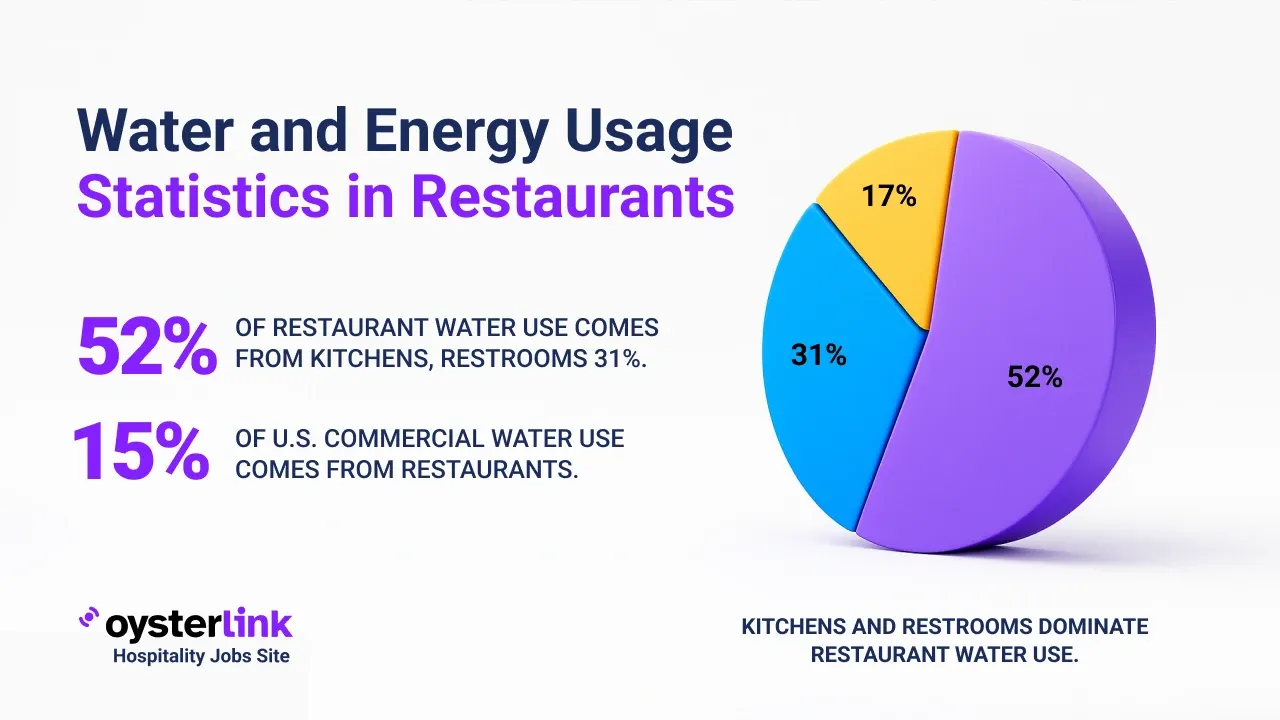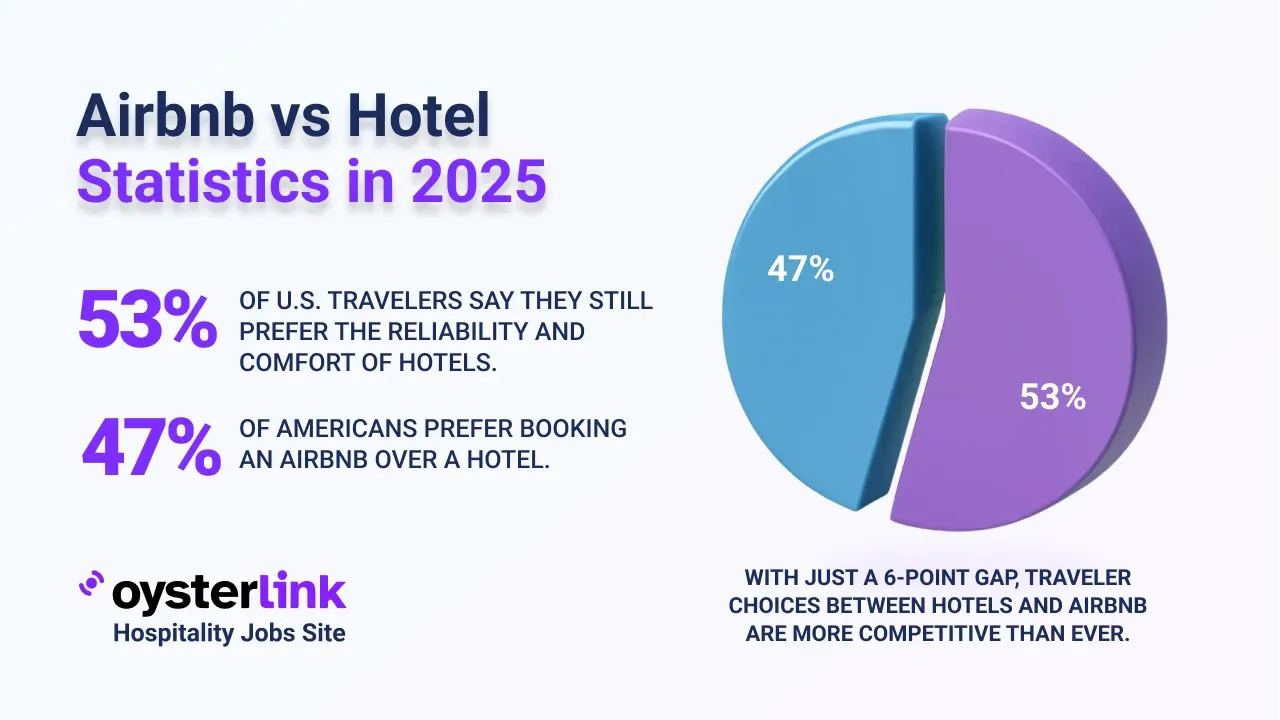Salem, Oregon Cost of Living: Quick Takeaways
- Housing Costs: Average rent for a one-bedroom apartment in Salem has risen to $1,100 in 2025, with median home prices around $450,000.
- Transportation Expenses: Public transit fares average $1.50 per ride and monthly passes cost about $50, while fuel costs are $3.50 per gallon.
- Healthcare Costs: Monthly health insurance premiums are approximately $500 for a Silver plan, which is 6.4% lower than the national average.
- Taxes: Oregon has a progressive state income tax ranging from 4.75% to 9.9%, but no sales tax and property tax around 1%.
Salem, Oregon, as the state capital, offers a unique blend of urban amenities and natural beauty. Understanding its cost of living is essential for prospective residents and budget-conscious locals.
This article provides a detailed breakdown of the various expenses shaping the cost of living in Salem in 2025 including housing, transportation, healthcare, and more.
1. Housing Costs in Salem, Oregon
Housing expenses significantly influence overall living costs. Average rents for a one-bedroom apartment in Salem have evolved as follows:
- 2010: $800
- 2015: $900
- 2020: $1,000
- 2024: $1,042
- 2025: $1,100
The trend indicates a gradual rise in rental prices, reflecting increased demand and market dynamics.
2. Homeownership and Real Estate Trends in Salem, Oregon
For buyers, median home prices have appreciated significantly over the past years:
- 2010: $200,000
- 2015: $250,000
- 2020: $300,000
- 2024: $443,002
- 2025: $450,000
This rise points to a vibrant real estate market but also greater costs for homeownership.
Local hospitality employers should consider how these costs affect their staff's living situation and salary expectations. Real estate market trends can influence recruitment and retention strategies.
3. Transportation Expenses in Salem, Oregon
Salem offers various transportation options with associated costs:
- Public Transit: One-way fares are $1.50, and monthly passes cost about $50.
- Fuel Costs: Average price per gallon is approximately $3.50.
- Vehicle Maintenance: Annual upkeep costs average around $1,200.
These expenses may vary based on usage and vehicle type.
4. Utility Costs in Salem, Oregon
Monthly typical utility costs include:
- Electricity: $100
- Internet: $60
- Total Utilities: $160
Utility costs depend on consumption and service providers.
5. Grocery and Food Expenses in Salem, Oregon
Monthly grocery costs per person average around $300. Dining out includes casual meals at about $15 and mid-range meals closer to $50.
For employers in the restaurant industry, understanding local food expenses helps in setting competitive wages and benefits. Employers can also explore food waste statistics to optimize operations and control costs.
6. Healthcare Costs in Salem, Oregon
Healthcare expenses include employer-sponsored coverage costing approximately $480 monthly, and Silver plan premiums around $500 monthly, reflecting a rate 6.4% below national average.
7. Educational Expenses in Salem, Oregon
- Public Schools: Free as funded through taxes.
- Private School Tuition: Averages $10,000 annually.
- In-state University Tuition: Approximately $10,000 per year.
8. Entertainment and Leisure in Salem, Oregon
- Movie Tickets: $12 each.
- Gym Memberships: $40 monthly.
- Dining Out: Mid-range meals around $50.
Annual entertainment expenses, including movies, concerts, and activities, estimate at $2,000, with personal care services costing about $600 and miscellaneous goods and services at $500 annually.
Hospitality establishments looking to attract customers might benefit from insights on hospitality social media marketing to enhance their outreach in Salem's entertainment scene.
9. Taxes and Miscellaneous Fees in Salem, Oregon
- State Income Tax: Ranges from 4.75% to 9.9% based on income.
- Sales Tax: Oregon has no sales tax.
- Property Tax: Around 1% of property value.
These taxes impact residents' net income and overall cost of living.
10. Childcare and Family Expenses in Salem, Oregon
- Daycare: Approximately $1,000 monthly.
- After-School Programs: $300 monthly.
- Extracurricular Activities: $100 monthly.
11. Clothing and Personal Care in Salem, Oregon
- Clothing: Monthly expenses average $100.
- Personal Care Products and Services: $50 monthly on average.
12. Insurance Costs in Salem, Oregon
- Health Insurance: Average monthly premium about $500.
- Auto Insurance: Annual cost approximately $1,200.
- Homeowners Insurance: Annual premium around $1,000.
- Renters Insurance: About $200 annually.
13. Miscellaneous Expenses in Salem, Oregon
- Entertainment: Estimated $2,000 annually.
- Personal Care Services: $600 annually.
- Miscellaneous Goods and Services: $500 annually.
14. Income and Salaries in Salem, Oregon
The median household income has grown steadily:
- 2010: $50,000
- 2015: $55,000
- 2020: $60,000
- 2023: $71,900
- 2025: $75,000
For those interested in hospitality career opportunities in Salem or Oregon broadly, exploring how to build a career in hospitality positions, such as restaurant managers or cooks, is essential. Learn more about building a restaurant career and strategies for hiring important staff.
15. Comparison with National Averages
- Overall Cost of Living: Approximately 4% higher than the national average.
- Housing: Significantly higher by 18%.
- Utilities: Comparable to national figures.
- Food: Similar to national averages.
- Healthcare: About 6.4% lower than national average.
- Transportation: On par with national average.
- Goods and Services: Near national average.
Our Methodology for Salem, Oregon Cost of Living Figures
To compile this comprehensive overview of Salem’s cost of living, we aggregated data from reputable sources including Numbeo, Bureau of Labor Statistics, Zillow, government agencies, and other economic reports. Some cost figures are estimated when precise data is unavailable to provide a clear and informative guide for residents and newcomers.
Salem, Oregon Cost of Living: Conclusion
Salem’s cost of living in 2025 reveals a city with relatively high housing costs amid generally balanced expenses in other areas such as utilities, transportation, and food.
Healthcare costs stand out as being moderately below national averages, while the absence of sales tax further shapes the overall expense profile.
Understanding these elements is key for individuals and families considering relocation or budgeting for life in Oregon’s capital city. Being informed about Salem’s financial landscape allows for better planning and decision-making to ensure a comfortable lifestyle.
For hospitality employers looking to attract and retain talent in areas like Salem with these economic conditions, understanding factors affecting both the lifestyle and salary expectations of workers can be crucial. Read more on restaurant staff hiring strategies to improve recruitment outcomes.

.webp)
.webp)

